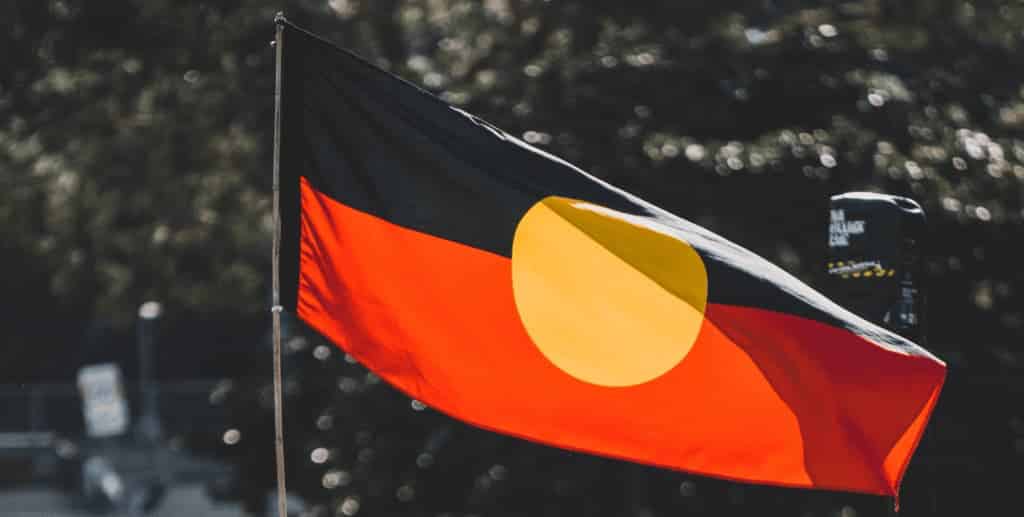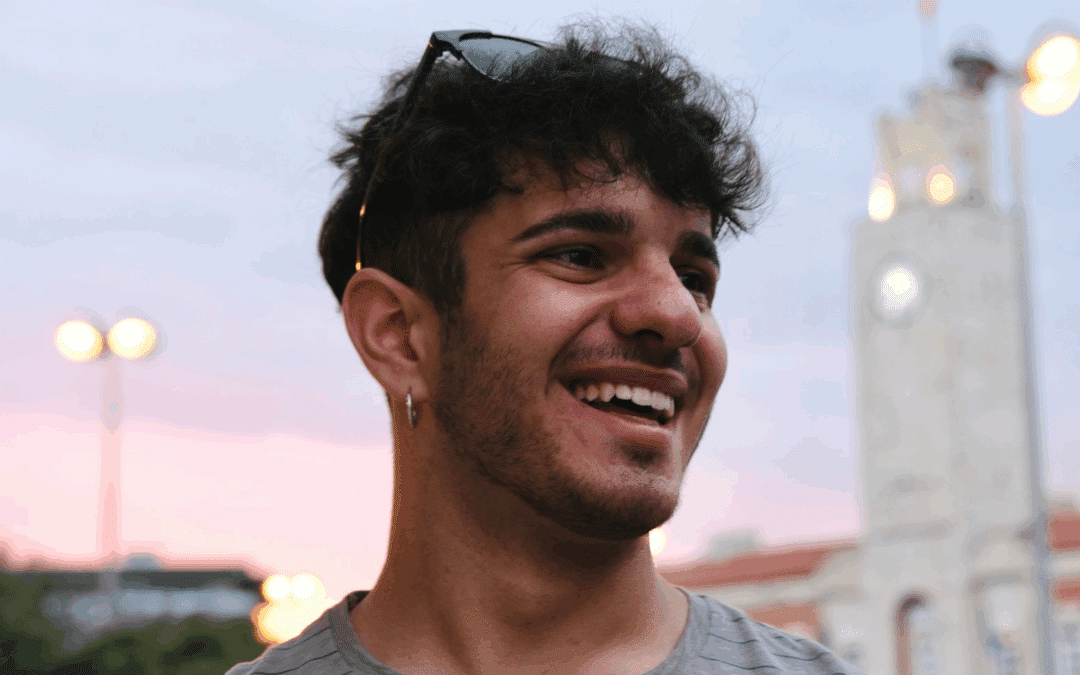While 26 January is a day of celebration for some, many Aboriginal and Torres Strait Islander peoples experience the date as a reminder of colonisation, dispossession and centuries of racial injustice.
The debate surrounding the official date of ‘Australia Day’ and its name – and whether they should be changed as a step towards national reconciliation – is reignited on a yearly basis.
This conversation can compound the trauma felt by Aboriginal and Torres Strait Islander citizens as they prepare for a day of collective mourning and reflection. For others, 26 January is an opportunity to celebrate the survival of their cultures and communities.
Here are five ways that you can show respect and stand in solidarity with First Nations Australians on 26 January.
1. UNDERSTAND THE HISTORY OF AUSTRALIA DAY | SURVIVAL DAY
Educate yourself about the issues surrounding 26 January before asking an Aboriginal or Torres Strait Islander person for their perspective.
You can find information about the origins of Survival Day – and why many First Nations peoples feel anxiety or trauma on this date – online.
Websites like Reconciliation Australia, Narragunnawali, SBS and the Australian Institute of Aboriginal and Torres Strait Islander Studies can help you find out more about Australia’s colonial history.
2. ENGAGE IN CONTEMPLATION
Many non-Indigenous Australians celebrate 26 January by attending parties and backyard barbecues, but taking part in these celebrations can be seen as insensitive by many First Nations peoples.
Rather than supporting ‘Australia Day’ in this way, consider treating 26 January as a day for contemplating the experiences of Aboriginal and Torres Strait Islander communities since the First Fleet landed in 1788.
The websites listed above will provide you with information and insights. If you’re gathering with friends or family on the day, start a conversation about what you’ve learned and encourage others to engage in contemplation too.
3. HARNESS THE POWER OF SOCIAL MEDIA
To be an ally to First Nations peoples, you can amplify their voices online and initiate conversations about the social issues that affect them.
More than simply liking a Facebook post or watching an Instagram story, you can share opinion pieces that were written by First Nations peoples, sign petitions on Change.org, or lobby your local member to change the date of Australia Day | Survival Day and act upon the Uluru Statement from the Heart.
You can learn more about the Uluru Statement and developing the tools to walk with First Nations Australians in unity through Youth Off The Streets’ Walking Together Project.
4. ATTEND AN INVASION DAY EVENT
You can show support for First Nations peoples by attending Invasion Day marches, protests and rallies.
In 2023, these community events are being held in major cities and towns across Australia. A detailed list is available on the ANTAR website.
If there are no events in your area but you still want to show your support, you can attend a virtual Invasion Day event via Facebook, Zoom or Instagram Live.
5. CELEBRATE FIRST NATIONS CULTURES
In addition to promoting equity on and offline, you can continue acknowledging the cultural contributions that First Nations Australians have made to this country.
To strengthen your allyship, you could participate in and promote the work of First Nations musicians, playwrights, poets, painters and fashion designers.
If you’re unsure of where to begin, Global Citizen has compiled a helpful list of books and films that explore Aboriginal and Torres Strait Islander peoples’ connection to the land here.



